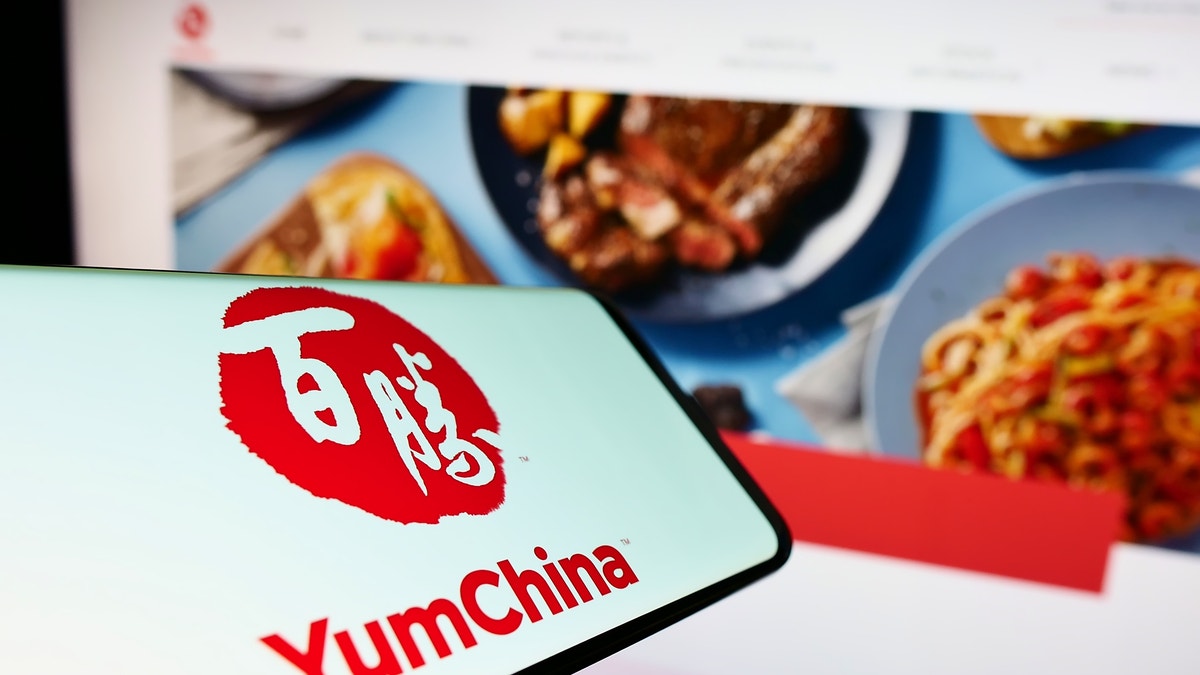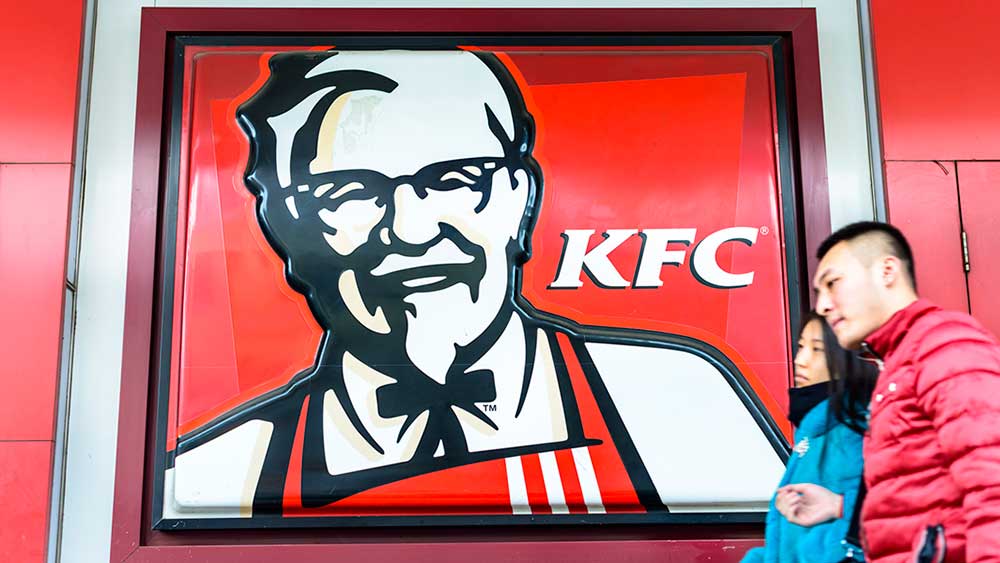As concerns about China’s low consumer confidence and sluggish economic growth persist among economists and investors, Yum China CEO Joey Wat offers a different perspective, suggesting that Chinese consumers are becoming more rational—a trend that has been unfolding over the years.
Yum China’s stock has dropped by 27% in the past year due to investor worries about the broader Chinese economy, reducing its market value to $17.51 billion.
In contrast, its parent company, Yum Brands, which spun off the Chinese unit in 2016 and operates globally, has seen its stock increase by 8%, resulting in a market value of $38.87 billion.
Despite these Wall Street concerns, Yum China has experienced growth in sales. In the fourth quarter, the company’s revenue increased by 19% to $2.49 billion, driven by new store openings.
The company’s same-store sales rose by 4% during this period, exceeding the StreetAccount estimate of 3.3%. Wat attributed this growth to the restaurant industry’s recovery from the Covid-19 pandemic and noted a significant shift in consumer behavior.
“I think the Chinese consumer has become more rational over the last few years,” Wat told.
She explained that rising housing costs in major cities like Shanghai and Beijing have strained consumers’ disposable income.
However, in lower-tier cities such as Chengdu, where housing is more affordable and consumers have greater spending power, Yum China is seeing stronger sales growth.
Chinese cities are often categorized into tiers based on factors like population and GDP, although there is no official ranking system.
“We have a really good business model, not only in top-tier cities but also in tier five and tier six cities,” Wat stated.

Yum China’s current operations are predominantly focused on KFC locations, but the company also manages Pizza Hut restaurants and Lavazza coffee shops. KFC is the largest market for Yum China, while Pizza Hut is the second largest.
While some consumers in China are reducing their spending, others are upgrading their choices. For instance, some are moving from instant coffee to KFC’s sparkling coffee.
“There’s a consumption upgrade happening in the long term and in a subtle way,” Wat observed.
At KFC, Yum China employs a barbell strategy to cater to both cost-conscious diners and those seeking premium options. This includes offering a chicken breast sandwich for under $2 alongside a Wagyu beef burger.
Pizza Hut employs a similar approach. Approximately 30% of Pizza Hut’s sales in China come from pizza. The chain is introducing more affordable pizza options to attract budget-conscious diners and expand its market share in the pizza category.
Additionally, Pizza Hut China’s steak offerings help differentiate it from competitors. “In a top-tier city, you might have multiple steakhouse options,” Wat noted. “But in tier two, tier three, and tier four cities, Pizza Hut might be the only choice.”
In recent years, Yum China has opened about half of its new stores in lower-tier cities to tap into the spending power of consumers with more disposable income.
With a total of over 14,600 restaurants, Yum China is the largest restaurant company in China, and it aims to expand to more than 20,000 locations by 2026.
Both the World Bank and the International Monetary Fund predict a slowdown in China’s economic growth for 2024, citing weaknesses in the real estate sector and softer global demand. Beijing is expected to announce its annual GDP target at a parliamentary meeting starting Tuesday.







Leave a Reply